5. Character Culling
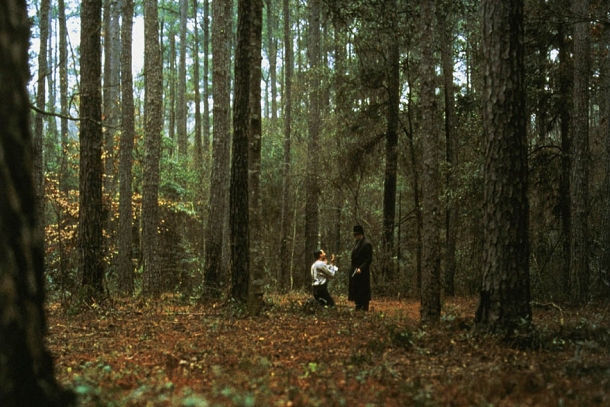
Films this appears in: Blood Simple, Miller’s Crossing, Fargo, Barton Fink, The Man Who Wasn’t There, No Country For Old Men, Burn After Reading
Perhaps the most defining component of characters in the Coen’s films is how often they die. The unique part is the contrasting emotional relay this can have; the absolute shock and horror turned bellowing laughter of Brad Pitt’s death in “Burn After Reading”, compared to the depressing and anti-climactic death of Josh Brolin in “No Country For Old Men”.
They extract exactly what they want from these shots, but a personal favorite of theirs would be the climactic cast slaughter. The last 25 minutes of “Miller’s Crossing” features the deaths of more than half the cast; the same notoriously happens in “Fargo” and hilariously in “Burn After Reading”. They enjoy the shocking satisfaction of their slaughter and the grotesquely humorous execution of their film’s patrons. But the impressive part of this is the fact that we, as an audience, can’t get enough of it.
4. Soundscape, Score and Setting
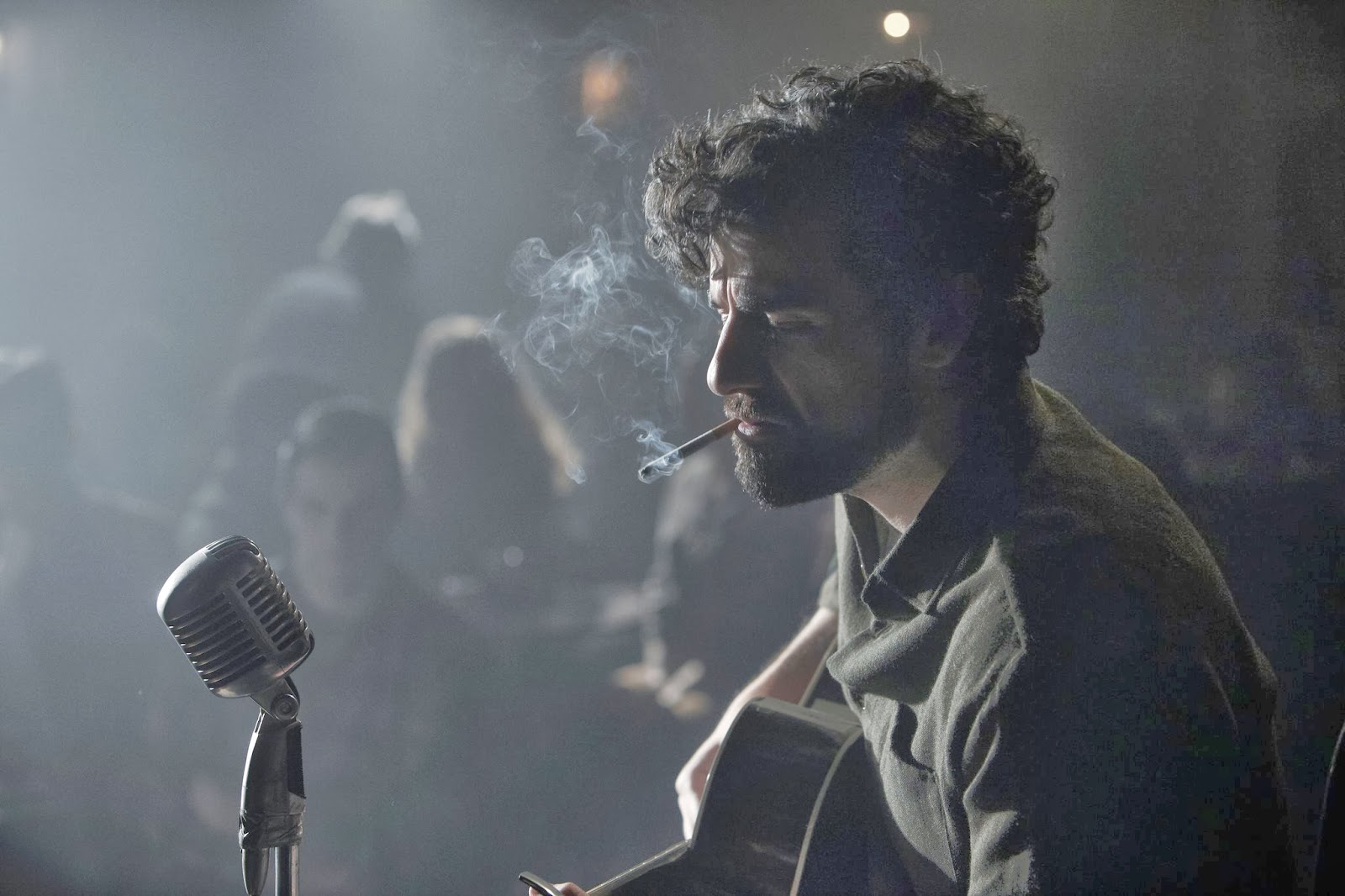
Films that utilize their original scores and soundscapes to establish and maintain their environment: Raising Arizona, Miller’s Crossing, Fargo, The Big Lebowski, O Brother, Where Art Thou?, No Country For Old Men, True Grit, Inside Llewyn Davis
It’s true that all directors use music to amplify an emotion; tension has been established through score countless times by Stanley Kubrick, and the dramatization of a key moment is found easily within the work of Terrence Malik and Steven Spielberg. The Coens don’t just use music, though; every sound is immersive.
Whether it’s the campy overtures of “Raising Arizona” to provide the perfect redneck feeling, or the harrowing original music vocally expressed by Oscar Isaac in “Inside Llewyn Davis”, every song not only amplifies the emotive tensions of the film but reiterates every shot and scene’s feeling to make it perfectly Coen-esque.
Something else the Coens have done that few filmmakers have accomplished is use of no music, regarding “No Country For Old Men”, whose only song plays at the closing of the credits. There isn’t a moment where the film is silent, however, so perhaps this is what makes it so tense.
“No Country For Old Men” doesn’t have a lead character and its three pivotal ones never meet, because its central role is the world these characters embody; the open emptiness of Texas, the border to Mexico, the southwest United States, the lawless and barren land in which every man is alone and every desire is selfish.
In no small part does this come from Roger Deakins’ beautiful cinematography, but the other key aspect of this is its soundscape, the rustle of grass in the breeze, the distant crackle of wheels rolling over the gravel, and the sound of streams makes it an immersive experience.
A Coen brothers film is defined by its characters, its look and its feeling, and it feels as it does because of the music and sound. You might not notice its importance because it is subtle, and other times such as in “O Brother, Where Art Thou” it’s the primary focus of the film. Regardless of how it’s done, almost every film they’ve made utilizes its sound, and without it they just don’t feel right.
3. Cars, Conversation, Contemplation, Chaos.
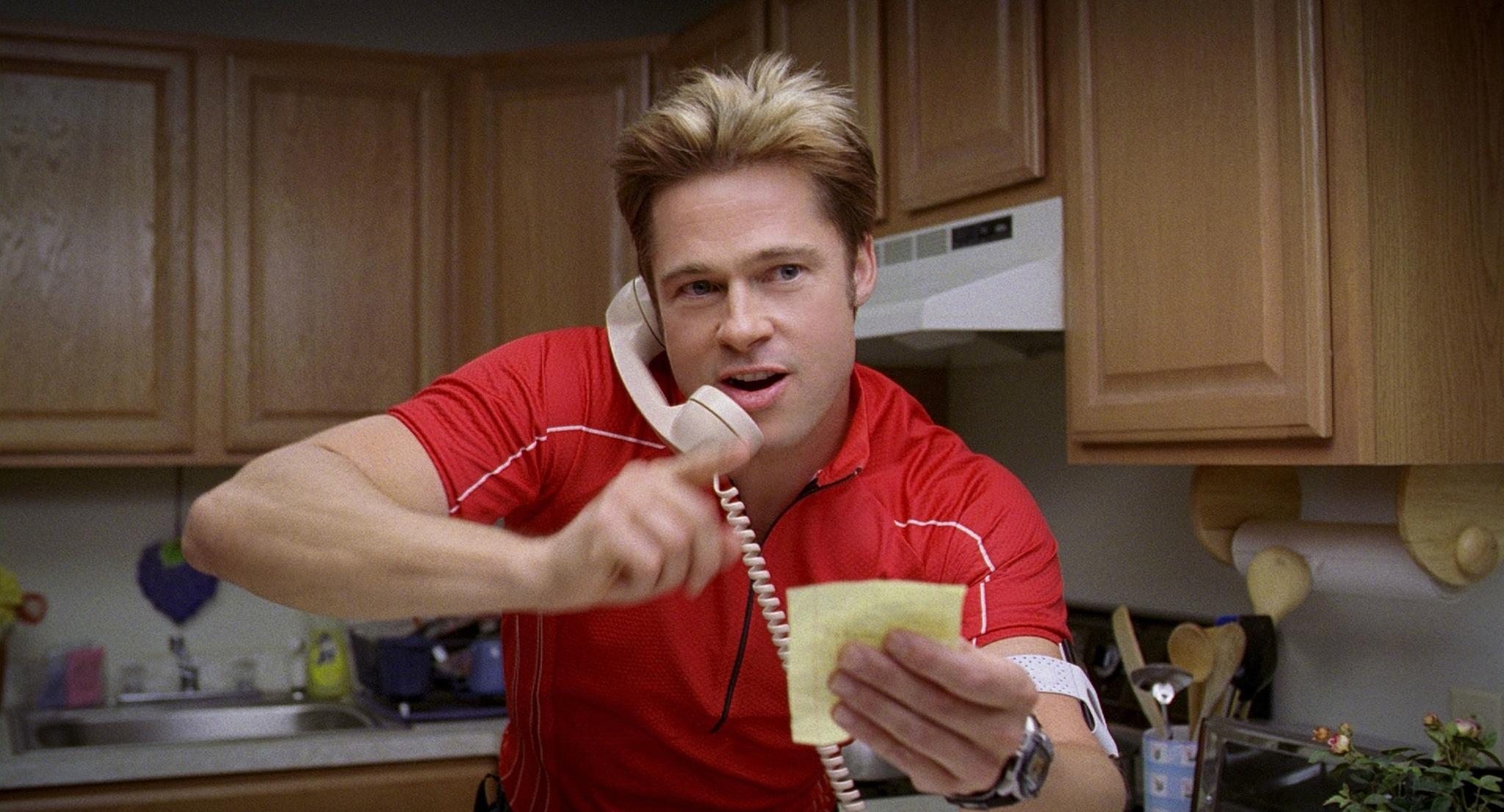
Films that utilize a crucial sequence within a car trip: Blood Simple, Raising Arizona, Miller’s Crossing, Fargo, The Big Lebowski, No Country For Old Men, Burn After Reading, A Serious Man, Inside Llewyn Davis
If there’s one key repeated image from almost every Coen brothers film, it’s this: a Coen brothers character, staring out the front window of the car off into nowhere, the camera facing toward the back of the car with all passengers in visibility. This is the iconic image you’ll get from “Blood Simple”; in “Raising Arizona” it’s a screaming John Goodman realizing he’s left a child on the road; in “Miller’s Crossing”, it’s focused on our Irish protagonist as John Turturro is pulled kicking and screaming out of the back; “Fargo” has countless examples, in particular its closing moments; “The Big Lebowski” shows the Dude and Walter debating and tossing the money out the window; “No Country For Old Men” shows Anton glancing at the tracker when it first emits its ominous beeping. There are endless segments and each one makes a case for the most powerful, funny or ridiculous moment of the film.
Through these scenes, the Coens convey their themes, philosophies and comedic relief perfectly, as there is no image they know better than people sitting in a car and talking. Think of “Burn After Reading” and the hilarious interaction between John Malkovich and Brad Pitt, compare it to Inside Llewyn Davis’s perfect and nihilistic car trip to Chicago. Two completely different tones, the same Cinematographic techniques and the just how well each can be conveyed.
Shot reverse shot is the key cinematographic tool used by Deakins for these moments, as it’s not about how it looks, but about how they play out. It’s these moments where the actors shine in a confined setting, exuding their character’s climactic moments or their bleakest or their funniest. It’s these moments that make the film shine and are often their most memorable.
2. Kidnapping, Ransoms and Convoluted Comedic Crime Capers.
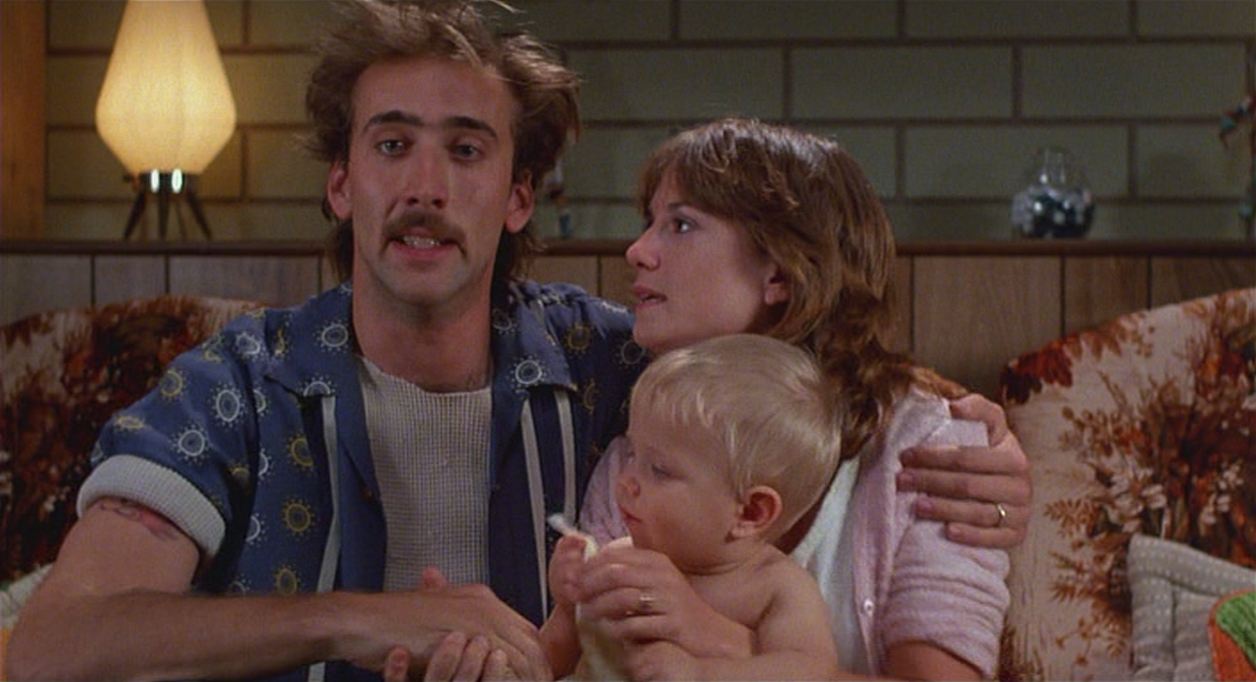
Films that utilize themes of failed crime, kidnapping and ransoms: Blood Simple, Raising Arizona, Miller’s Crossing, Fargo, The Big Lebowski, The Man Who Wasn’t There, Intolerable Cruelty, The Ladykillers, No Country For Old Men, Burn After Reading, Hail, Caesar!
What theme do the Coens know better than crime? Perhaps dark comedy? One integral theme interlocking film after film is crime, such as kidnapping, murder, ransoms, robbery, convicts, and conspiracy. From their bone-chilling debut “Blood Simple” to their recent ensemble epic “Hail, Caesar!”, kidnapping, blackmail, ransoms and crime gone wrong have been themes used for so many plotlines that it’s a wonder they haven’t been worn out on audiences.
The Coens experiment with styles, settings, characters and narratives, but their themes rarely drift from what they know: very messy, very convoluted, and very chaotically failed crime capers. I use the term “failed” in the way their characters fail, for although the perpetrator rarely gets away, their films (other than perhaps “The Ladykillers” and “Intolerable Cruelty”) never fail to hit their mark.
Through a mixture of comedic timing and small variations, their ideas stay fresh and forever shifting. As an example, “Hail, Caesar!” was their first film with kidnapping elements that did not result in character’s death, which was perhaps an even more shocking outcome than if someone actually died.
Through shakeups and period changes, the Coens remain fresh and their mastery of their themes keeps them entirely unique and always re-watchable.
1. Slapstick
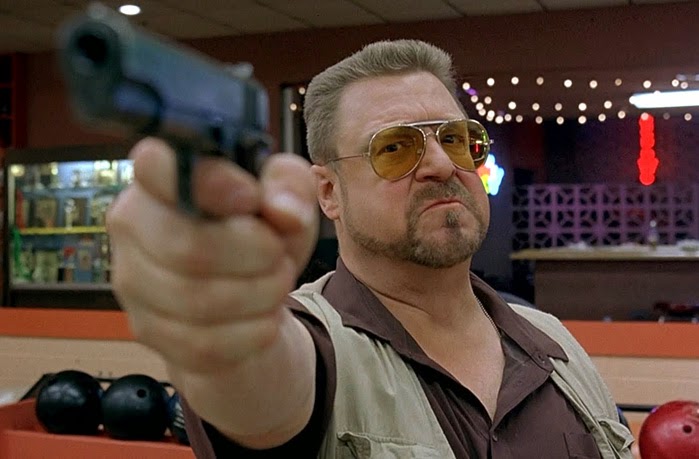
Films where slapstick is used: Raising Arizona, Miller’s Crossing, The Hudsucker Proxy, Fargo, The Big Lebowski, The Ladykillers, Burn After Reading, A Serious Man, Hail, Caesar!
Most cinephiles would credit American comedy as being bland, crude and unoriginal, citing European comedy (especially British) as having more talented displays of humor. And it is still possible to argue that slapstick is unintelligent as a technique – but only when it’s done wrong. The Coens prove themselves an exception to many cinematic rules, and above all, the belief that slapstick is an immature, unintelligent form of humor.
The Coens use slapstick at very key moments, twisting what would be something shockingly horrible into something shockingly comedic. It’s the timing of the shock value that they have with their “fights”, like in “Miller’s Crossing” when a small chubby child is slapped by his father; it’s exceedingly absurd yet so hilarious.
Take the fight between the nihilists, the Dude, Walter and Donny in “The Big Lebowski”; it’s so bizarre and comical with every hit resounding in an unrealistic impact, heightening the comedic value of it all. It’s moments like these that break up the dramatic tension of their films, dichotomizing their iconic dramatizations with these key moments of humor.
It’s an incredible testament to the brothers that a film such as “Fargo” has scenes of such intense emotive value, and at the same time has scenes that are memorable for the very opposite reason.
The way the Coens handle age old techniques and reuse and reinvent them is a testament to their incredible talent, and perhaps what drives their work more than anything else is their ability to pursue drama and comedy at the exact same moments. You can both laugh and feel like crying at the same time in much of their work. They make their tense moments just as palpable as their comedic ones, and one of their key tools in doing this is their use of slapstick comedy.